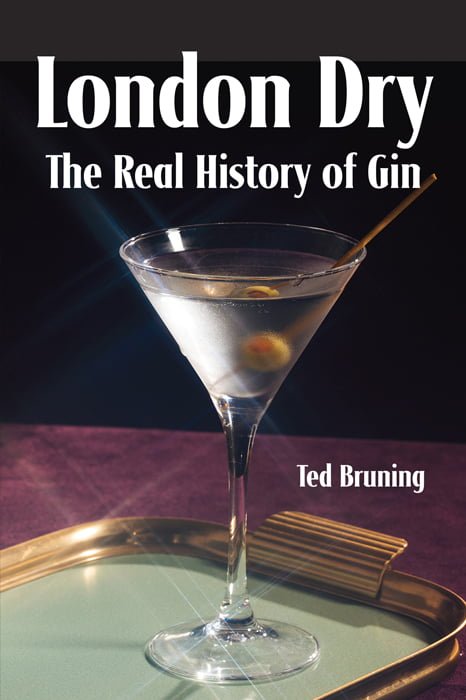From Mother’s Ruin to the Gin Palace, the vocabulary of gin reflects its place in our culture, as well as a sometimes conflicted relationship that has often both celebrated and shamed the juniper-flavoured spirit.
A new book sets out to separate the myths from the reality of Britain’s 400-year affair with gin, as well as gin’s place in the wider world. The latest boom in sales, seen across the last decade, has seen headlines celebrating the so-called ‘ginaissance’, with total UK gin sales now more than £3.2bn, balanced with grim inevitability by others raising concerns about the health implications of all those cocktails and G&Ts.
London Dry: The Real History Of Gin by author and drinks trade specialist Ted Bruning highlights that not only is moral panic about gin nothing new, but also that the spirit has often been used by anti-alcohol campaigners as a blunt instrument to attack the drinking habits of the masses, regardless of the reality.
Bruning has taken his trademark forensic approach to researching historic records to distinguish between what we think we know, and what the facts show. “There’s a great deal of nonsense talked, and written, about gin – and as I’ve discovered, there always has been,” says Bruning.
“One of the most striking examples of this is Hogarth’s famous Gin Lane print, which has come to be seen as a documentary depiction of the degradation and debauchery engendered by gin drinking in London, rather than the exaggerated work of a satirist.
“The main evidence we have for the widely-believed view that the 18th century poor of London were succumbing to effects of gin-drinking in large numbers comes from the pamphlets and sermons of neopuritans campaigning to reassert their former influence over the capital’s moral climate. Then, as now, the picture painted by moral campaigners can be as much about their view of alcohol as it is about the reality.”
Other gin myths examined in London Dry: The Real History Of Gin include:
• Mother’s Ruin: The industrial revolution created opportunities for single women to work, and spend their earnings. Far from being the downfall of working women, a well-earned gin was often enjoyed by women with more social and financial independence than previously.
• Dutch courage: It’s not true that the first Englishmen to taste gin were soldiers in Elizabeth I’s Dutch campaign of 1585-86 or the mercenaries who fought the Spanish in Flanders in the 1590s – at that time gin was still treated as a herbal tonic, and they would probably have been drinking brandy.
• Bathtub gin: The illicit gin of the Prohibition-era USA was mainly a high quality product “diverted” from legal industrial distilleries and bottled by the Mob in vast quantities, rather than a variable and sometime lethal home-made spirit.
Bruning adds: “The myths and rituals that surround alcohol are always fascinating, and gin has more than its share. It’s important, though, to understand the reality of what went on, especially as gin continues to be a drink that inspires passion on both sides of the debate about alcohol consumption
“The real story of gin is more fascinating than any half-truth, and London Dry: The Real History Of Gin is telling many chapters of that story for the first time.”
London Dry: The Real History Of Gin by Ted Bruning is published by White Mule Press, priced £13.85. and is available to order from Amazon and other online retailers
For media review copies please email gail@distilling.com
